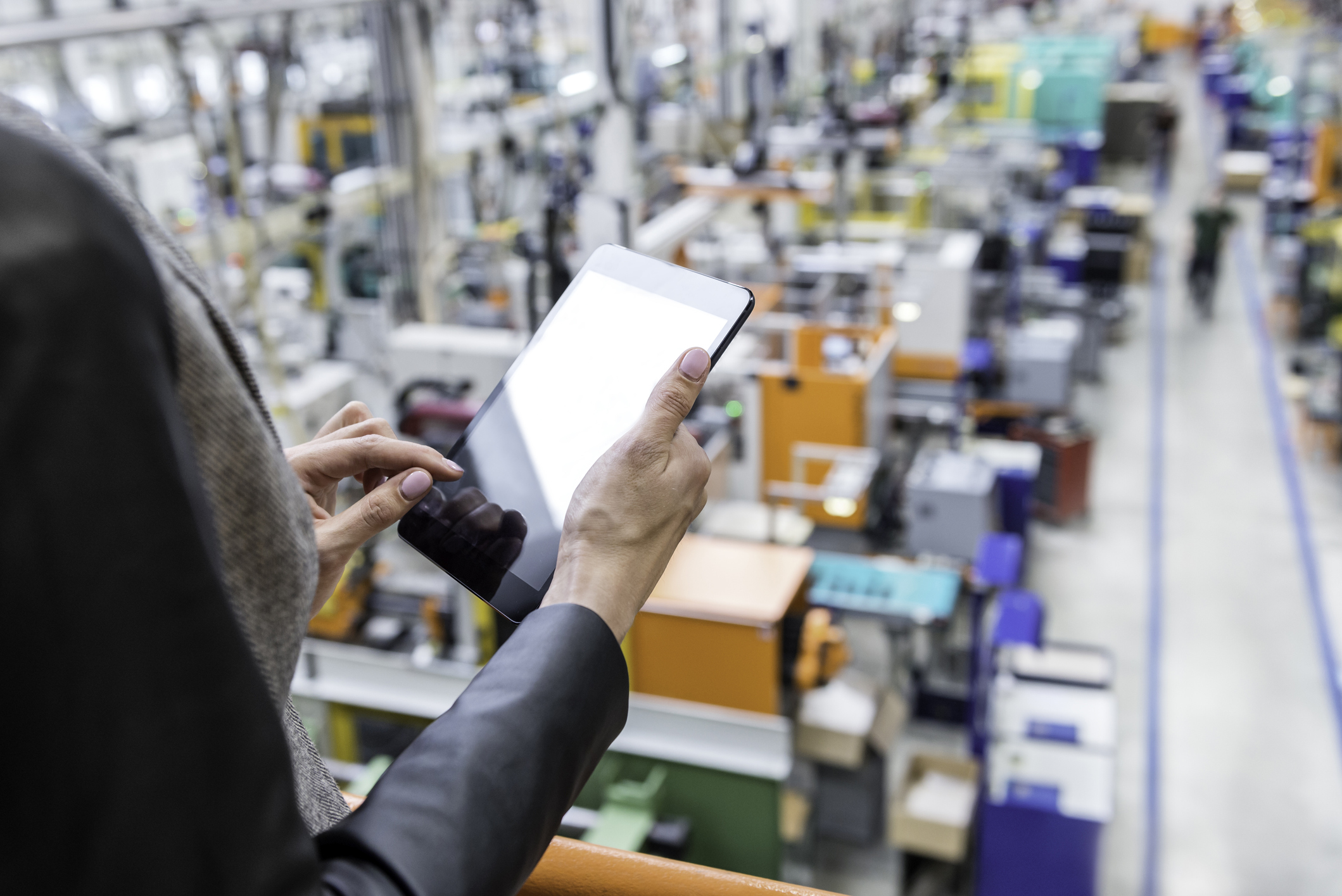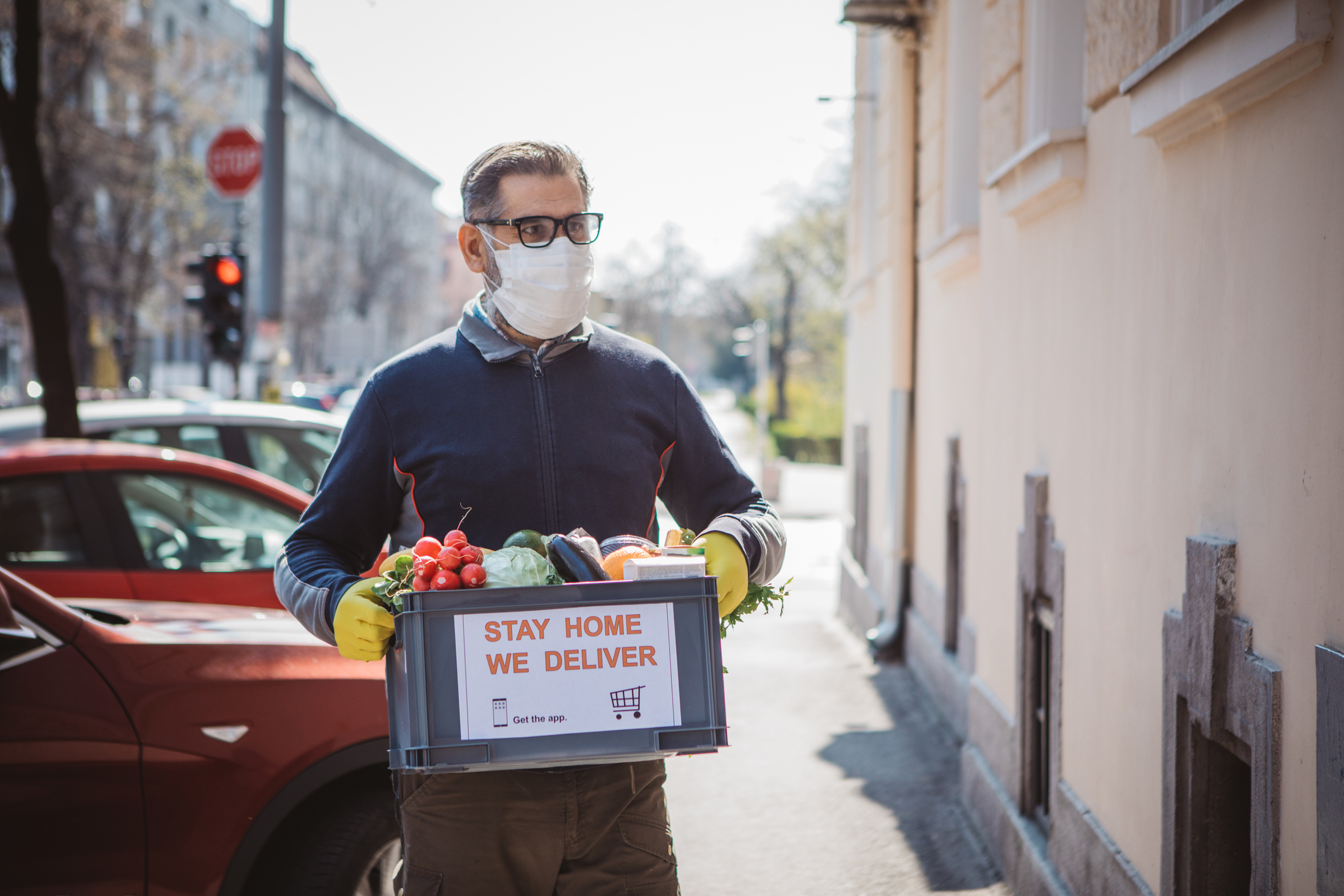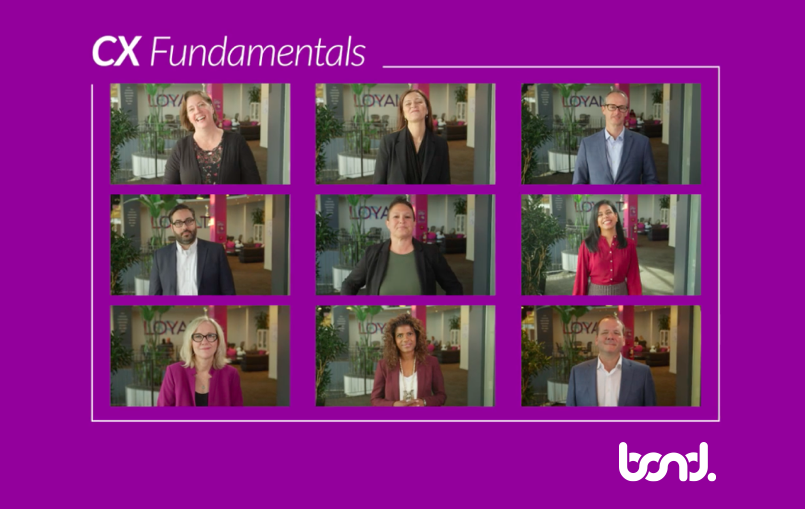Content Writer
Blog
As business leaders make plans for the return to the office, they’re adjusting to some of the permanent shifts the pandemic has left us: it’s out with closed cubicles and small personal desks and in open collaborative spaces and touchless coffee machines. However, it’s not just physical spaces that need a rethink, but the big intangible: organizational culture. Across sectors, CEOs and executives are grappling with tough questions:
Diversity is about celebrating and valuing the different perspectives and lived experiences of all people, and it’s a core belief at Bond. To kick off our new “Shared Stories” series and to celebrate Black History Month, we recently hosted an inspiring talk by history maker and football legend Chuck Ealey.
It’s too facile to say that COVID-19 changed everything when it comes to brands and customers. Everything was changing already. What COVID-19 did change was time, which by definition is a function of distance and speed. Both aspects not only changed, but they also changed rapidly.
Time is More Than Speed
Math and science aside, relationships between brands and customers were reflecting fundamental shifts that were already well underway pre-COVID-19. But the magnitude of the change, in terms of both distance and speed, accelerated. Even as the world emerges with vaccines and immunity, things are not going to reverse, nor will they slow down.
Time was already a new loyalty “currency” thanks to Amazon Prime and its shipping benefit, and the advent of BOPIS (buy online, pickup in store), which quickly evolved to BOPAC (buy online, pickup curbside). Time as a loyalty driver is not only about faster fulfillment and a more seamless customer experience, it also relates to how brands value customers’ time—think customer service and wait times for voice, email, SMS, and chat support.
At the onset of COVID-19, we could all be patient, as we had little choice. Not anymore. A year later we expect brands to deliver—literally and figuratively—on time. On our time.
Time for Brands to Be Loyal
One aspect of time’s value over the last year centers around digital acceleration. Virtually every brand had a digital roadmap pre-COVID-19 but the time that the brand leaders shredded to shorten the distance over the past year was, to use an overstated expression, unprecedented. Nothing illustrates this better than Walmart, the largest retailer in the world, moving to contactless payments by the end of March 2020.
Seamless experiences reflect a brand’s commitment to valuing customers’ time and at least implicitly showing loyalty to them, a prerequisite for customer loyalty in return. That loyalty from the brand is what begins to solidify trust, another dimension of loyalty that saves a customer time in deciding to engage and do business with a brand. Showing loyalty to customers extends this trust by recognizing them, informing them, rewarding them, making it easy for them to solve their “jobs to be done.”
With Synapze™ DNA, Bond’s customer genome solution, brands can unlock value from their data faster and more cost-effectively.
If there’s one thing 2020 taught the business world, it’s that companies can move forward faster on their roadmaps, or even nimbly change directions altogether. Across sectors, and even in the most siloed, complex companies, the COVID-19 crisis propelled organizations to work in ways they hadn’t before, bringing about years of change in mere months.
While companies are no longer operating at survive-or-die speed, there’s no turning back to business as usual. If there’s another realization from 2020, it’s that consumer needs and behaviors are changing faster than ever, too. They’re rapidly embracing omni-channel retail, switching allegiances and trying new brands, and expecting brands to not only understand their needs, but also to anticipate them.
The impact of COVID-19 has arguably hit the aviation industry harder than any other. According to The International Civil Aviation Organization, by the end of 2020, we could see reductions of up to 1.5 billion passengers globally, leaving airlines and airports facing a potential loss of revenue of up to USD 314 billion and USD 100 billion, respectively.
In today’s fast-moving world, speed to insights is critical to the success of a brands’ personalization and customer engagement initiatives. But how can marketers win the race?
We sat down with Francis Silva, our VP of Data & Analytics, to learn more about the challenges with today’s personalization models, and how Bond’s innovative new Model Factory helps businesses solve complex challenges and get to the finish line by using insights faster and more efficiently.
As consumers, our grocery shopping behaviors and experiences have been drastically altered as a result of COVID-19. Grocers have had to make unprecedented changes to the shopping experience in order to safeguard their employees and customers. Unsurprisingly, it is expected that many of these changes will continue to persist and that new ones will form in a post COVID-19 era. Many believe that the grocery experience that we know and have come to take for granted, will be forever changed, as a result of the pandemic.
In order to understand which behaviors and experiences will stick and what else we can expect to change in a post COVID-19 world, it is important to first examine how consumers have been impacted during the pandemic, and what new realities have dramatically changed the current grocery shopping journey.
Happy CX Day! In this video, people from across our organization share fundamentals that are key to delivering and achieving CX transformation success.
Put on by the Customer Experience Professionals Association, CX Day is a global celebration of the brands and professionals that create great experiences for their customers.
Break silos. Demonstrate business impact. Focus on customer engagement.
Full disclosure, this is another article on customer journey mapping. However, let us reframe the conversation to focus on breaking down silos, making customer engagement the priority and quantifying business impact at every key interaction, beyond a single transaction. With our clients, we use a different kind of framework that considers the end-to-end customer journey.
Weclome to a guest blog by Andrew Dorn, Director of Marketing Channels at RedPoint Global, a proud partner of Bond Brand Loyalty.
Loyalty programs have become extremely popular in recent years, and for good reason. Providing rewards to repeat customers is a good way to get them to keep coming back. But that’s not the whole story. To truly engage consumers and keep them loyal to your brand, you need a comprehensive strategy that centers around understanding customer behaviors, preferences, and interaction histories. Only once you have built and implemented this customer engagement strategy you can be confident of driving greater retention and loyalty over time.










